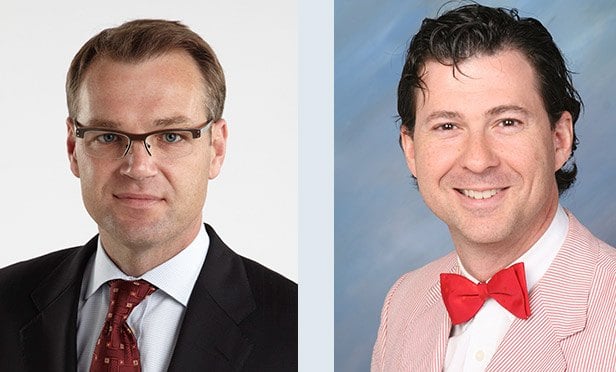 Business leaders feel that their organizations areincreasingly under threat today as uncertainty from market andpolitical challenges seem more intense and issues of trust are morepronounced. PricewaterhouseCoopers' recent article, “RedefiningBusiness Success in a Changing World, CEO Survey,” recorded datafrom interviews with 1,409 CEOs in 83 countries. Most CEOs(55%) are concerned about the deficit of trust in business today;only 37% expressed that concern three years ago. Moreover,two-thirds see more threats to their businesses today than they didthree years ago. Yet, 60% see more opportunity. Whether it'sthreats or opportunities, employing the strengths of your valuesand mission in this uncertain environment will build trust.
Business leaders feel that their organizations areincreasingly under threat today as uncertainty from market andpolitical challenges seem more intense and issues of trust are morepronounced. PricewaterhouseCoopers' recent article, “RedefiningBusiness Success in a Changing World, CEO Survey,” recorded datafrom interviews with 1,409 CEOs in 83 countries. Most CEOs(55%) are concerned about the deficit of trust in business today;only 37% expressed that concern three years ago. Moreover,two-thirds see more threats to their businesses today than they didthree years ago. Yet, 60% see more opportunity. Whether it'sthreats or opportunities, employing the strengths of your valuesand mission in this uncertain environment will build trust.
A high level of trust drives business performance. PwC's studiesindicate that the world's most successful companies are buildingtrust through a commitment to values and purpose. Theseorganizations are significantly more profitable than theircompetitors that lack this focus. Consumers make choices notjust based on services provided, but more often because of overalltrust in the organization.
CEOs know that customers, employees and other stakeholdersincreasingly care about what an organization stands for, and 84%believe that customers value how organizations conduct themselvesin society. Most CEOs (69%) understand that their organizationalpurpose should encompass value for a variety of stakeholders – notjust customers and investors, but also employees, wider society andeven the organization's supply chain. Serving this broadconstituency had always been the case for 45% of the organizations.Evolving societal expectations caused 24% more to revise theirmission over the last three years to reflect a broaderconstituency. Moreover, 64% of the CEOs said corporate socialresponsibility is core to their business, not an add-onprogram.
Continue Reading for Free
Register and gain access to:
- Breaking credit union news and analysis, on-site and via our newsletters and custom alerts.
- Weekly Shared Accounts podcast featuring exclusive interviews with industry leaders.
- Educational webcasts, white papers, and ebooks from industry thought leaders.
- Critical coverage of the commercial real estate and financial advisory markets on our other ALM sites, GlobeSt.com and ThinkAdvisor.com.
Already have an account? Sign In Now
© 2024 ALM Global, LLC, All Rights Reserved. Request academic re-use from www.copyright.com. All other uses, submit a request to [email protected]. For more information visit Asset & Logo Licensing.









